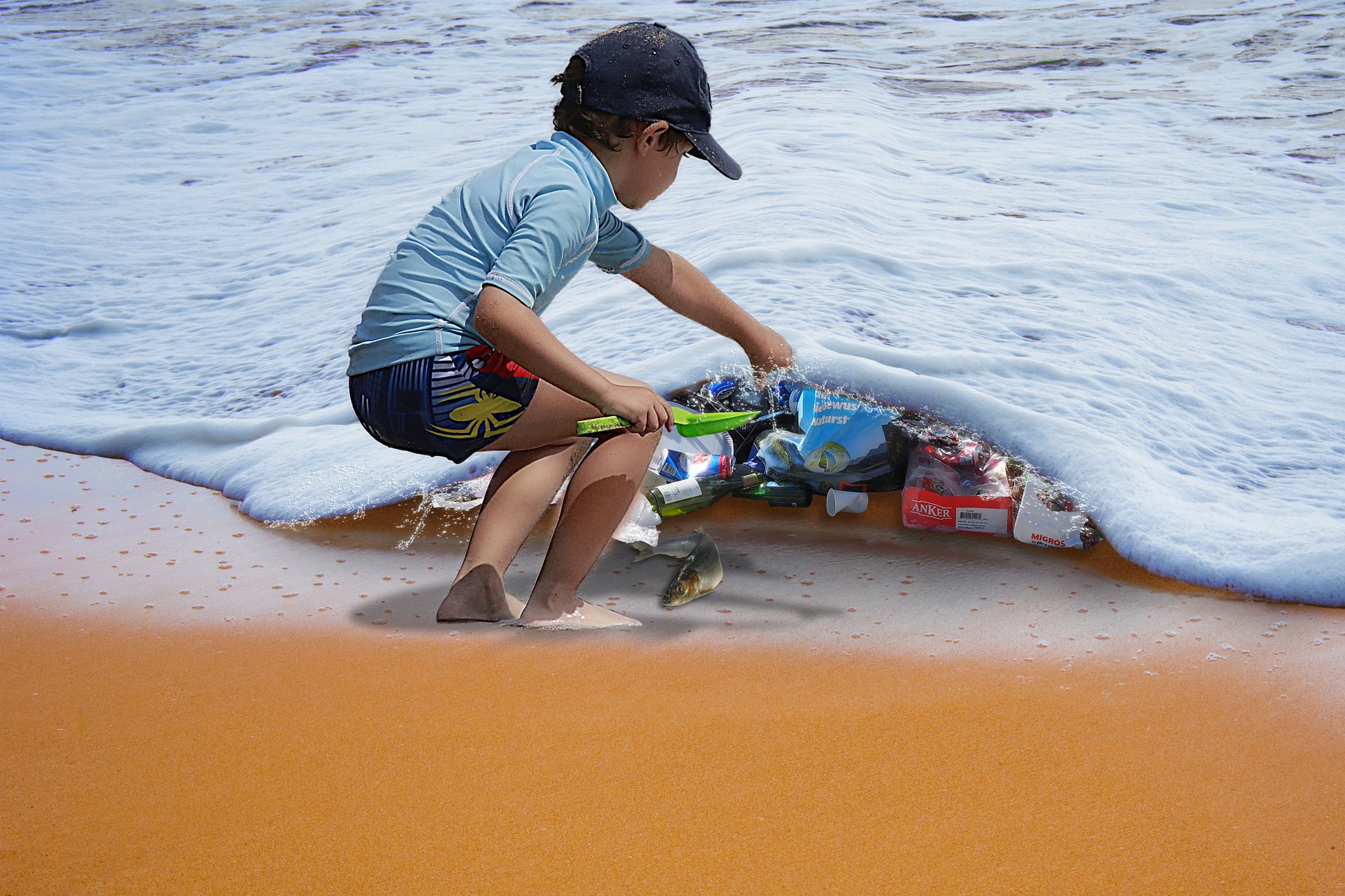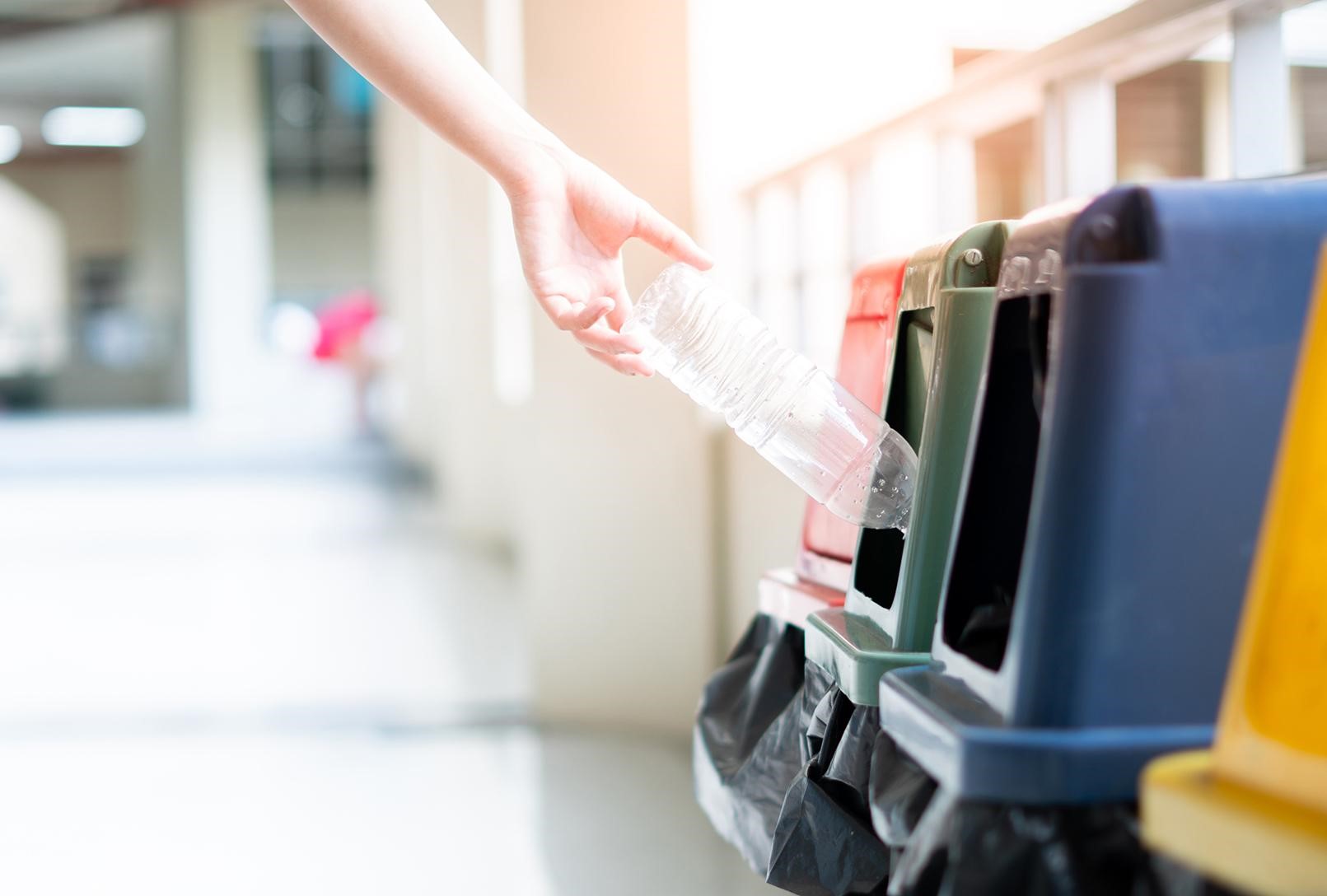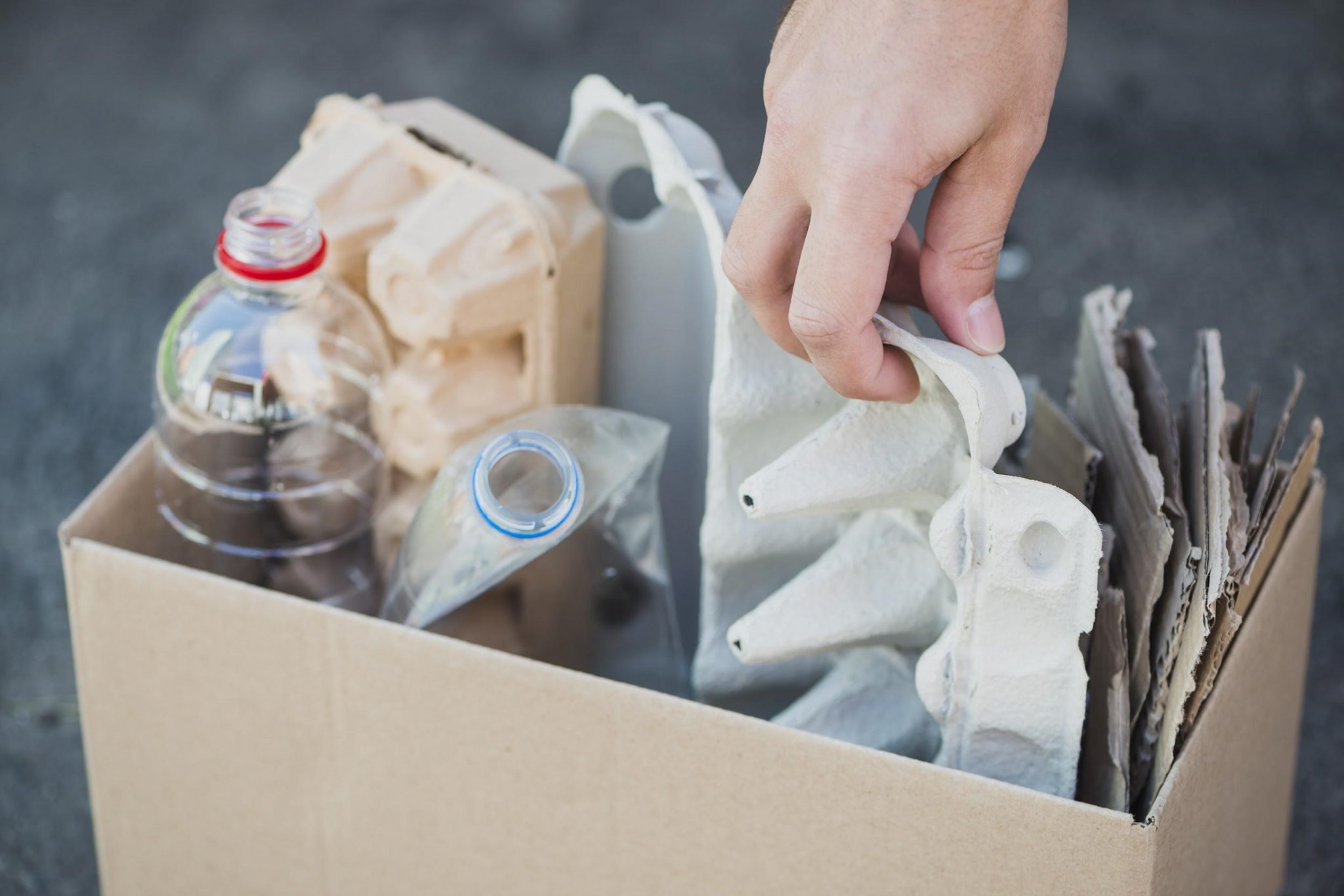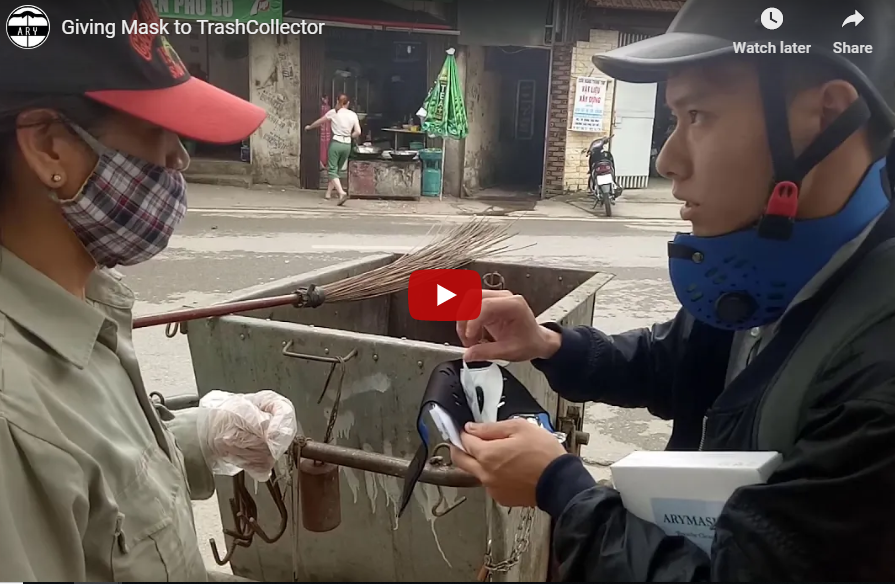
Countries spend millions of dollars on their clean up campaigns to make sure roadways, parks and coastal areas are kept clean. Sadly, there’s simply too much trash and people don’t seem to care where they leave it. The most common types of littering include cigarettes, food packaging, plastic bags, bottles, cans and paper. Countries are taking charge to discourage littering in different ways. Some countries enforce criminal penalties to punish the unwanted behavior while others may not care so much about it. In countries where littering is more seriously punished, fines all the way up to $30,000 depending on the volume of trash littered are imposed. 
What can people be fined for?

Did you know, “75% of Americans Admit to Littering within the last 5 years”
In most countries, fines are implemented when people litter anything. Throwing food waste, cigarette butts or chewing gum on the ground anywhere can be considered littering. In public areas that have cleaners, like subway, train or bus stations, people tend to care less about the trash they litter. These areas though usually have enough trash bins for people to dispose trash in.
Dog owners are often fined in city centers around the world for not cleaning up after their dog. It makes sense for the benefits of others using public areas that dog owners take the responsibility for their pets.
Putting up posters without permission, often called ‘fly-posting’ is visible in most places around the world. You’ll find posters for everything and anything on walls everywhere. Most cities imply fines for people advertising without permission from the government.
Grafitti is another punishable crime in most places. It is also seen as spoiling the clean looks of a city.
Why do countries fine littering?
Clean communities have a better chance of attracting new business and residents and tourists. The first challenge here is that it’s not entirely fair to highlight the most polluted. Big picture some of the most polluted countries are the ones with lots of heavy industry, which tend to be more in Asia. Many of these countries are actively trying to address this, by moving to more environmentally friendly industries and transitioning their economies towards service economies. Not only are governments tired of seeing their cities dirty, but they are also fed up of having to spend more money on cleaning up the environment. Education and awareness is where a lot of investment is going to now. People are starting to learn that if they want a cleaner environment, they have to start at home by recycling.
Other ways countries are trying to stop people from littering include making it mandatory for sellers to offer deposits on cans and bottles. This reduces the amount of trash left on streets. Also, the fees around the world are rising for plastic bags that used to be free. Many developing countries still haven’t started requiring fees on bags or offering reusable bags.
What happens if littering is not fined?
Plastic bags are a major eyesore. Easily carried by the wind, they hang in bushes, float on rivers, flap from fences, clog drains, choke animals and blight landscapes. In countries such as South Africa or Bangladesh, and recently Ireland, plastic bags are a major eyesore.
Litter kills or injures animals. Many small animals crawl into bottles or jars and get stuck and slowly starve to death. Animals get caught in plastic six pack rings, plastic bags, fishing line and a multitude of throwaways. Birds that are stuck, can’t fly away from danger. Litter is a problem that can be controlled. Education is an important tool. People who are aware of the dangers of litter often make more of an effort to always put their trash the correct place. They also spread the word to others they see littering and teach them to dispose of garbage the right way. Community clean ups encourage people to take pride in their community and keep it clean. Quick removal of litter keeps it from growing into an unmanageable dump site. People can make a difference. Litter can be conquered.

What is the highest fine worldwide? And where?

Singapore is notorious for its strictly enforced anti-littering laws. In January 2020, a smoker was fined $19,800 (£9,500) for throwing cigarette butts out of his window.
In countries like Singapore, Switzerland, Australia, Japan, and the UK; fines are among the highest in the world. Not littering has become part of Japan’s culture. The Japanese are the kings and queens of recycling, with much of their trash divided and subdivided into different types. “Gomi guides” for each town outline what can be recycled where and when, and can run to tens of pages.
Open incineration of waste is a very sad part of the majority of the cities in the world. There’s simply too much trash. It cannot simply be picked up and collected. We should all remember that the less we litter, the less trash will be burnt in the streets, the better our world will look, and the less we will suffer in the future. Here’s a video of the Japanese town: Kamikatsu, which takes recycling very seriously and has basically become a no-trash city. https://www.youtube.com/watch?v=eym10GGidQU&feature=emb_title
Japan recycles about 77% of its plastics, according to its Plastic Waste Management Institute, almost double the level of Britain, and well above the 20% currently managed in the United States.
So why do people litter?
People are simply lazy. We see what other people do and copy them. We see trash in places and we cannot bother to pick it up. We drop it where exactly we don’t have any use for it anymore. People don’t care about the future effects of trash on the environment. Smokers are more worried about their fix than the butts that they dispose of. People are also ignorant, which means they have not been told or educated by anybody about the negative effects of littering. Some people may not have enough pride to care about being lazy or ignorant. Another reason is that maybe there haven’t been any examples of consequences for littering. If people don’t get a fine, they usually don’t change. If they are not personally affected by the trash they leave behind, then they will never change. That’s the sad thing. The uneducated don’t care about the non-litterers and the decisions they make not to litter.
So, what should we NEVER litter?
Household Agents that are hazardous need special Waste management and they include: Automotive products (antifreeze, fluids, motor oil, oil filters, gasoline, polish and wax); Batteries (home and vehicle)Electronics ( TV, computers, laptops, cell phones, printers, fax machines, MP3 players, DVD/CD/tape players, and more); Fluorescent light bulbs and compact fluorescent lamps (CFL); Household cleaners ( ammonia, drain cleaner, rust remover, tile/shower cleaner and more); Universal materials( include mercury containing items: thermometers, thermostats); Paint products ( oil-based paint, latex paint, spray paint, caulk, wood preservative, wood stain); Garden chemicals (pesticides, herbicides, fertilizers, insecticides); Sharps (needles and lancets); Swimming Pool Chemicals. Waste disposal, Collection and Removal, Recycling Centers
Did you know 40% of food in the US is never eaten?
So, where does our trash go?


 You might question whether some of it will be recycled or if it’s just going to end up in a landfill, or worse: in the ocean.
You might question whether some of it will be recycled or if it’s just going to end up in a landfill, or worse: in the ocean.
 Our trash continues to pile up in growing mountains of trash that has not been separated. It starts to mold and fill the air with a stench you can smell miles away. If a landfill is successfully managed, there is a good chance that soil can be added to it, and that it can become a hill or mountain with grass, bushes or trees on top. This is done to allow the trash to decompose faster, and to block the negative factors of an open trash dump. The issue is that in many countries the trash keeps piling up and there will never be enough space to leave the last trash dump behind and move on to the next one.
Our trash continues to pile up in growing mountains of trash that has not been separated. It starts to mold and fill the air with a stench you can smell miles away. If a landfill is successfully managed, there is a good chance that soil can be added to it, and that it can become a hill or mountain with grass, bushes or trees on top. This is done to allow the trash to decompose faster, and to block the negative factors of an open trash dump. The issue is that in many countries the trash keeps piling up and there will never be enough space to leave the last trash dump behind and move on to the next one.





















